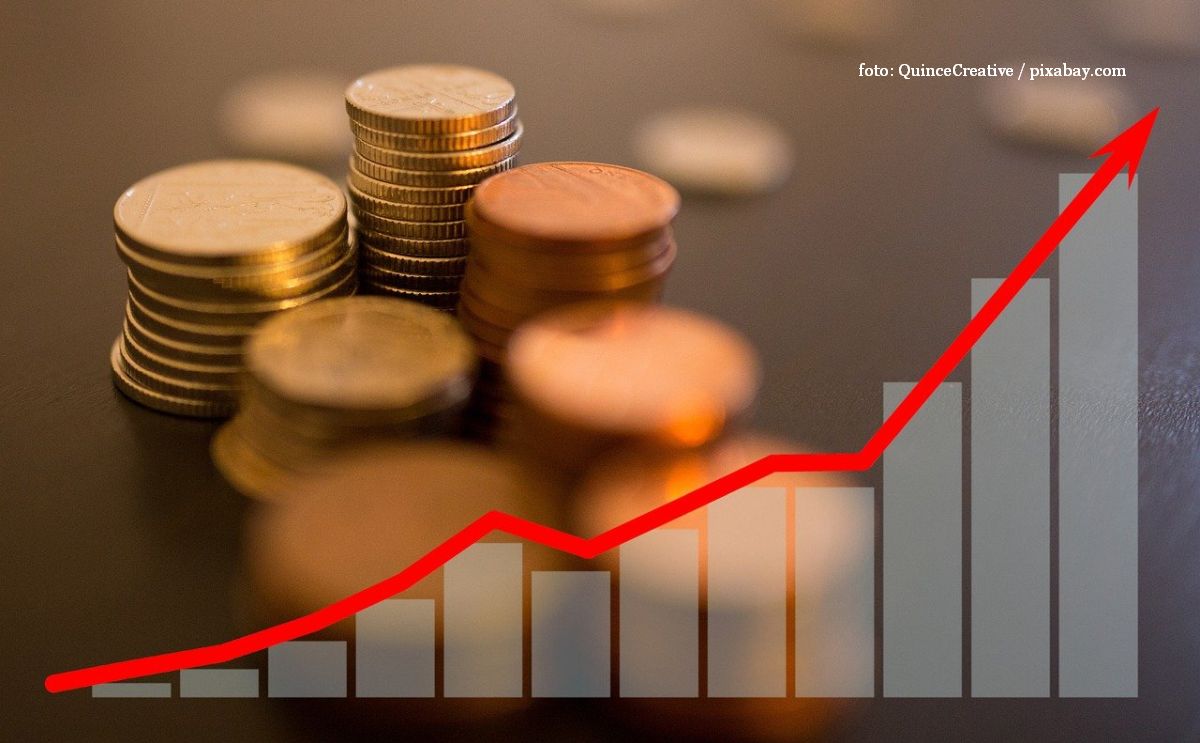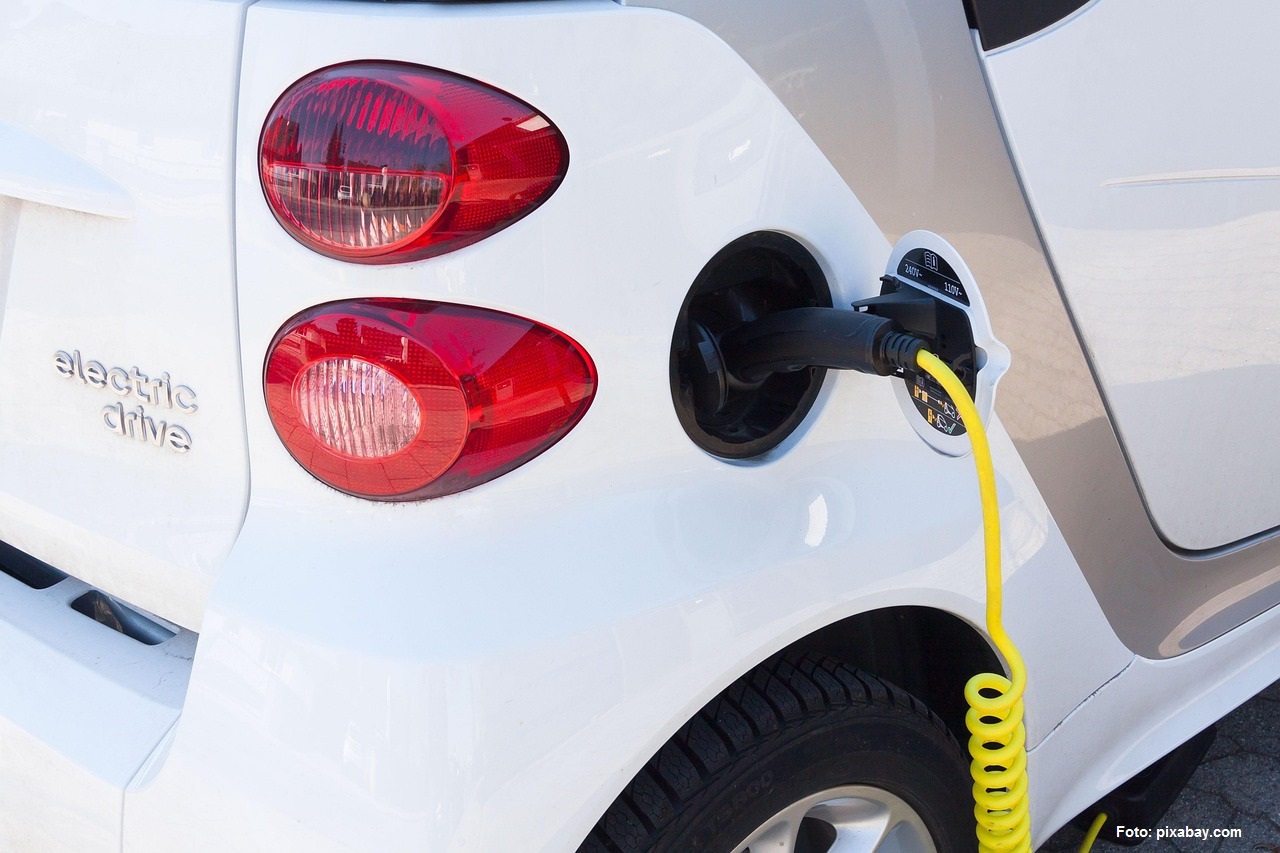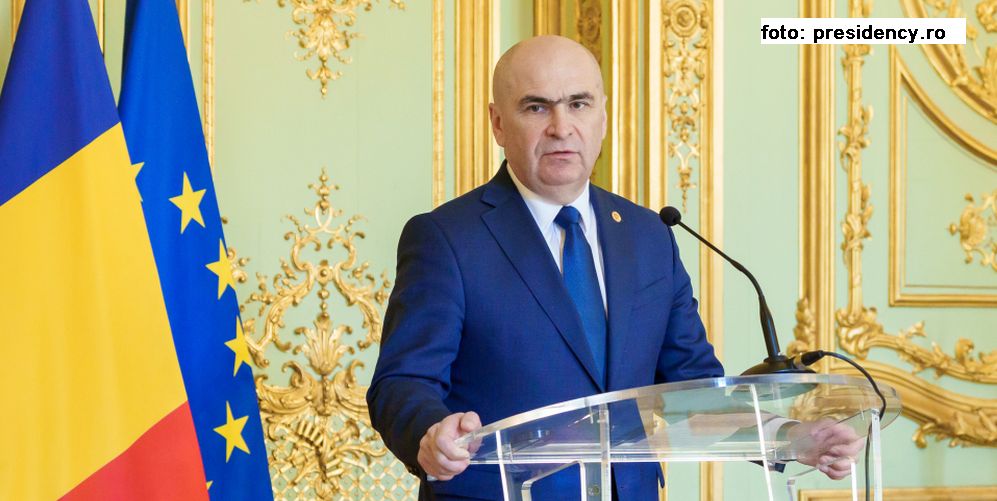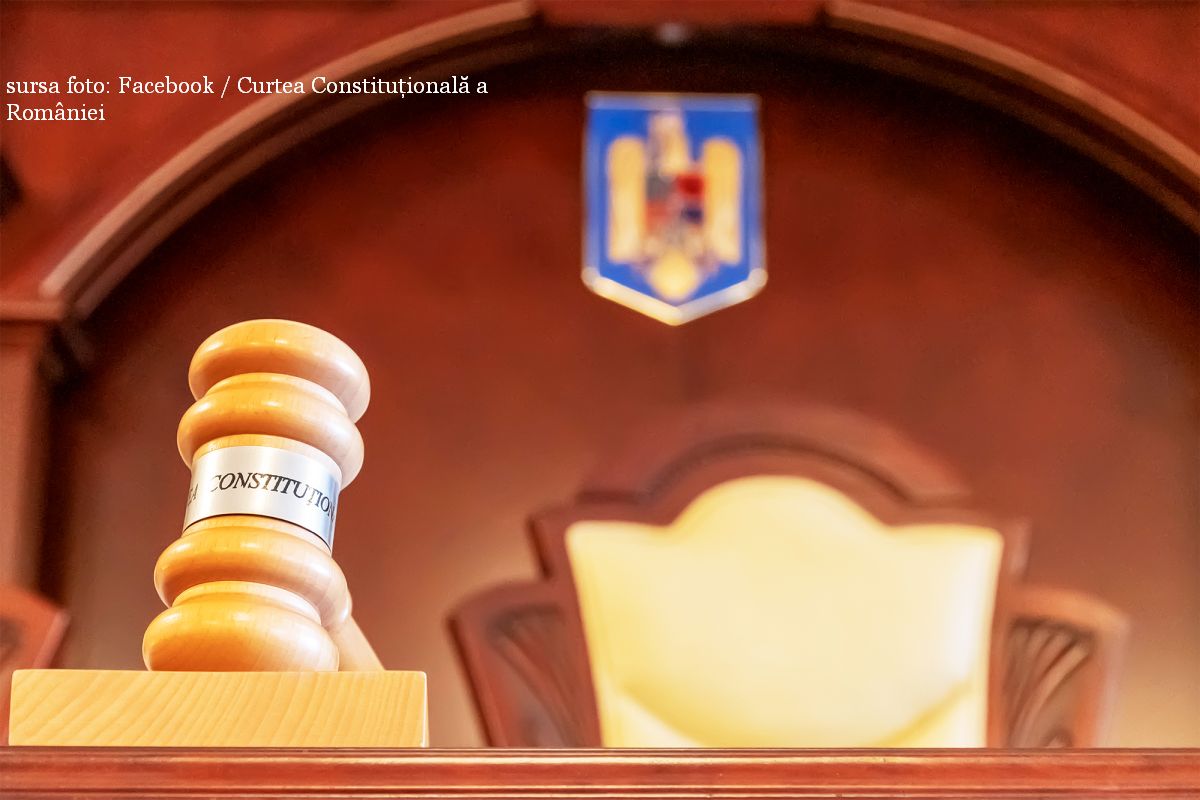Evolution of prices in Romania
Consumption was boosted by the drop in foodstuff prices in the month of July.
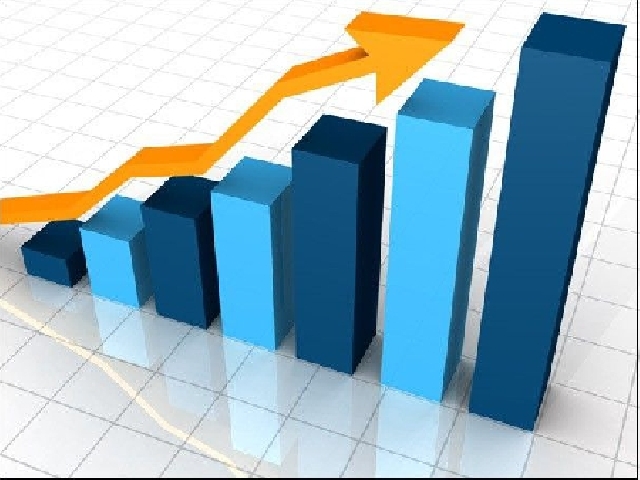
Roxana Vasile, 12.08.2015, 13:23
Economic growth in Romania, which stood at 4.1% in the first 3 months of 2015, was the biggest in the European Union. An economist with the World Bank in Romania, Catalin Pauna has recently said that the countrys robust and balanced evolution has been based on 3 components: private consumption, exports, which have increased, and investments, mainly the private ones.
An engine of economic growth, consumption was boosted by the drop in foodstuff prices in July. Food prices dropped on an average by 1.17% as compared to the previous month and by 7.25% as compared to July 2014. According to calculations made by the National Statistics Institute, the prices for potatoes and fresh fruit have dropped. But prices have increased for citrus fruit and other fruit from southern areas, as well as for eggs.
This happens in the general context in which, as of June 1st, the VAT was reduced from 24% to 9% for foodstuffs and beverages. Consequently, in June, as compared to May, prices for foodstuffs dropped by more than 8%, and by over 6% as compared to the same month of 2014. As regards non-food items prices went up in July as compared to June by 0.48% and by 1.26% as compared to July 2014.
The National Statistics Institutes data show a substantial drop only in the prices of medicine and medical items, while a significant rise in prices was reported for gas. The price of services also increased in July by 0.09% as compared to June and by 2.20% as compared to the month of June of 2014. Price hikes were also registered for water supply and sewerage services, while slight drops in prices were reported for air transportation, telephone, post and telecommunication services. Here is the president of the Association of Financial and Banking Analysts in Romania, Radu Craciun, with details about that:
Radu Craciun: “Besides the drops caused by the reduction of the VAT, there was this drop in the price of fruit and vegetables and also of medicines and tobacco, which are categories of products with a heavy share in the consumer basket. That is why the significant rise in the gas price, which resulted following the application of the price liberalization timetable, has been actually offset by the drop in foodstuff prices, which eventually led to a negative inflation rate. This does not change expectations critically, at least by mid 2016, when well have a negative trend. The end of 2015 will see an inflation rate of minus 0.4% – 0.5%, but in 2016 well have a positive inflation rate.
Until then, though, according to the National Statistics Institute, with a value of minus 1.7% in July as compared to the same month of 2014, the inflation rate has again reached a historic low in the past 25 years. The National Bank of Romania has given assurances that there is no risk of deflation.

